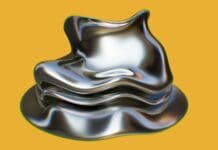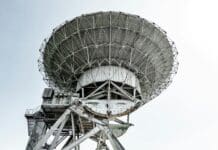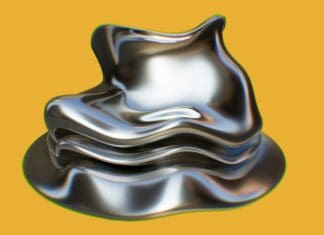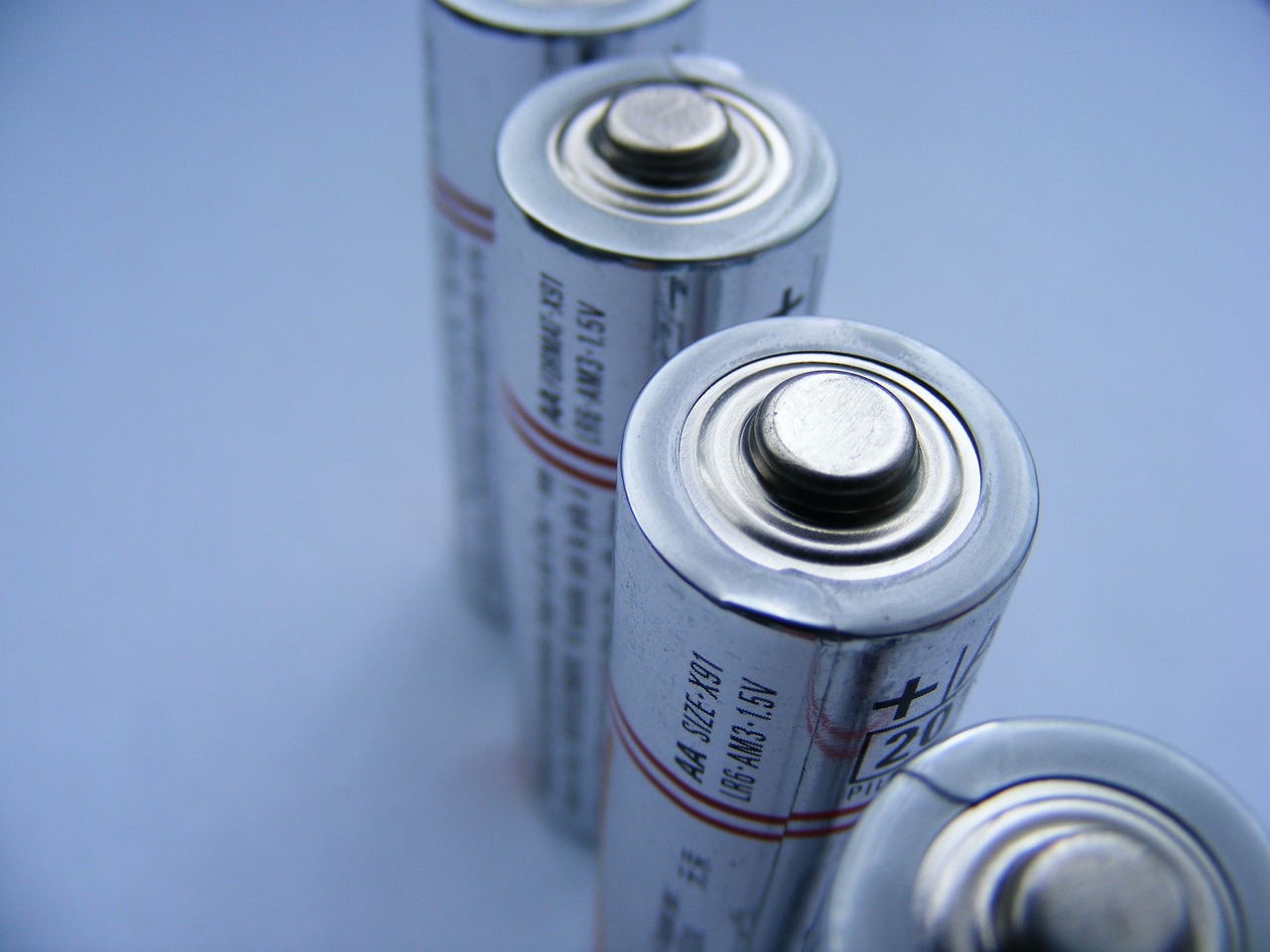This post is also available in:
 עברית (Hebrew)
עברית (Hebrew)
A new type of transparent, electrically responsive glass may provide a sustainable solution for keeping surfaces clean—without relying on water or detergents. Developed by researchers in China, the glass uses electric fields to remove both organic and inorganic particles in under 10 seconds, achieving 97.5% cleaning efficiency.
This innovation, detailed in the journal Advanced Science, has broad potential for applications where dust build-up compromises performance or visibility—ranging from windows in high-rise buildings to solar panels on planetary rovers.
Dust accumulation is a persistent challenge for many industries. It originates from natural sources like wind-blown sediment and pollen, as well as human activities such as construction and mining. For sensitive technologies like photovoltaic panels, even a thin layer of dust can significantly reduce efficiency. Traditional cleaning methods, typically involving water and chemical detergents, are resource-intensive and pose safety risks in hard-to-reach locations.
Inspired by biological self-cleaning surfaces—such as lotus leaves that naturally repel water and debris—previous attempts to replicate these effects have often relied on environmental factors like humidity. In contrast, According to TechXplore, the new approach eliminates the need for external conditions by using electrostatic forces to dislodge particles directly.
The glass structure itself is multilayered. A base layer of quartz glass supports patterned indium tin oxide (ITO) electrodes, which are applied via laser etching. An insulating polyethylene glycol terephthalate (PET) film is added on top. When a square wave electrical signal (5 kV, 10 Hz) is applied, the surface generates forces strong enough to displace dust particles, even those tightly adhered.
The system removes up to 97.79 grams of dust per square meter with 97.5% efficiency and also prevents new particles from settling when activated. Researchers identified two key mechanisms that govern particle movement under electric fields: abnormal reverse lateral transport and “jump” behavior, both driven by Coulomb and dielectrophoretic forces. Van der Waals forces, which typically hold particles in place, are effectively overcome by this method.
Because the material is transparent and non-invasive to light transmission, it may be suitable for optical equipment, vehicles, building facades, and off-Earth technologies requiring clean surfaces in dry environments.


























